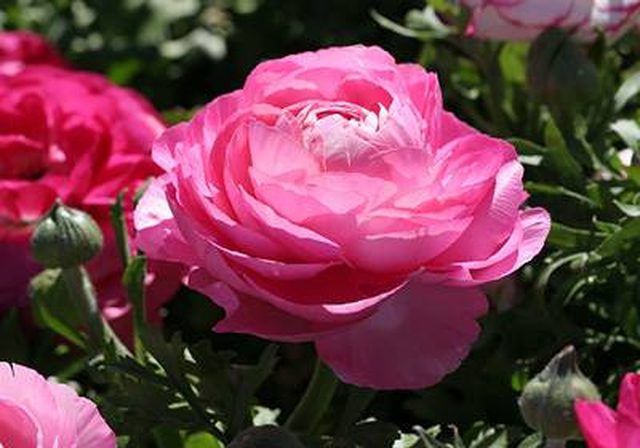Bulbs
Flower Basics
Flower Beds & Specialty Gardens
Flower Garden
Garden Furniture
Garden Gnomes
Garden Seeds
Garden Sheds
Garden Statues
Garden Tools & Supplies
Gardening Basics
Green & Organic
Groundcovers & Vines
Growing Annuals
Growing Basil
Growing Beans
Growing Berries
Growing Blueberries
Growing Cactus
Growing Corn
Growing Cotton
Growing Edibles
Growing Flowers
Growing Garlic
Growing Grapes
Growing Grass
Growing Herbs
Growing Jasmine
Growing Mint
Growing Mushrooms
Orchids
Growing Peanuts
Growing Perennials
Growing Plants
Growing Rosemary
Growing Roses
Growing Strawberries
Growing Sunflowers
Growing Thyme
Growing Tomatoes
Growing Tulips
Growing Vegetables
Herb Basics
Herb Garden
Indoor Growing
Landscaping Basics
Landscaping Patios
Landscaping Plants
Landscaping Shrubs
Landscaping Trees
Landscaping Walks & Pathways
Lawn Basics
Lawn Maintenance
Lawn Mowers
Lawn Ornaments
Lawn Planting
Lawn Tools
Outdoor Growing
Overall Landscape Planning
Pests, Weeds & Problems
Plant Basics
Rock Garden
Rose Garden
Shrubs
Soil
Specialty Gardens
Trees
Vegetable Garden
Yard Maintenance
How to Plant Persian Buttercups
How to Plant Persian Buttercups. These perennial plants grow to heights of 12-18 inches and bloom in colorful shades of pinks, reds, oranges, yellows and white. The flowers have a delicate crepe paper look and bloom from spring through summer, adding a burst of color to any landscape whether in a garden or containers. Persian buttercups are easy to...

These perennial plants grow to heights of 12-18 inches and bloom in colorful shades of pinks, reds, oranges, yellows and white. The flowers have a delicate crepe paper look and bloom from spring through summer, adding a burst of color to any landscape whether in a garden or containers. Persian buttercups are easy to plant and maintain.
Things You'll Need
Perisan buttercup tubers
Mildly acidic to neutral soil
Water-soluble quick-release fertilizer
Manure or compost
Plant in early spring when ground is workable after the last frost. Choose a location that gets full sun for six hours or more during the day.
Dig holes that are 2 inches deep and about 6-8 inches apart. Mix in the potting soil.
Place the tuber root claws down into the hole. Cover with the soil, mounding slightly.
Water well to moisten the soil. Keep watered daily while plants are being established. Once the plants are growing, let the soil dry out in between watering.
Tips & Warnings
A week to 10 days before planting, manure or compost can be worked into the soil.